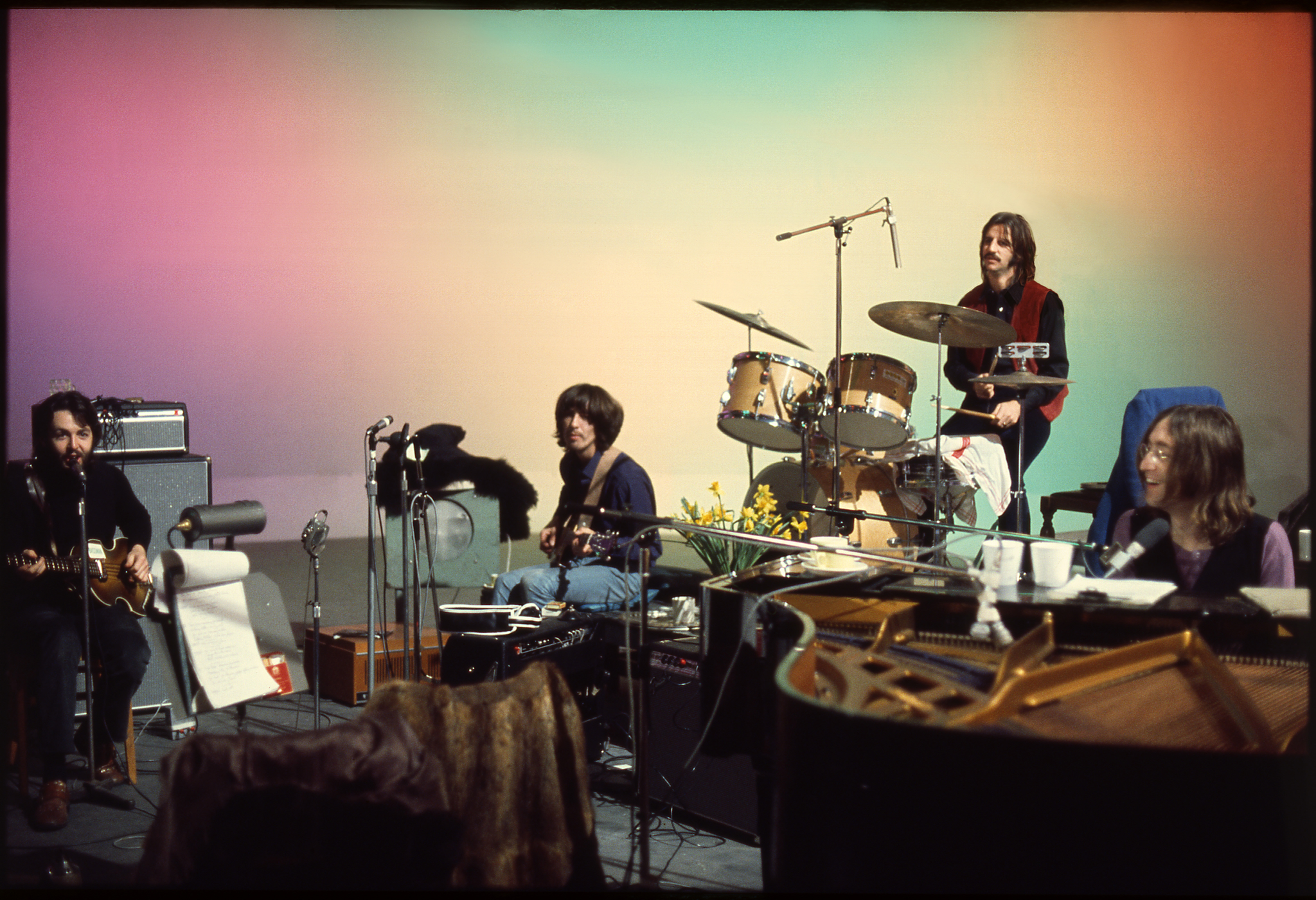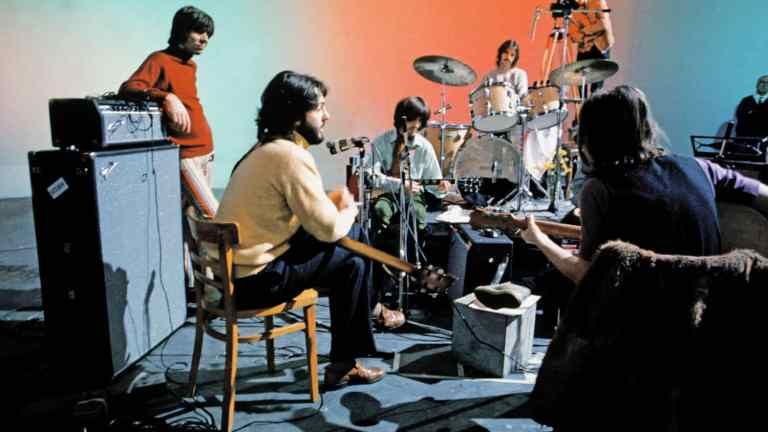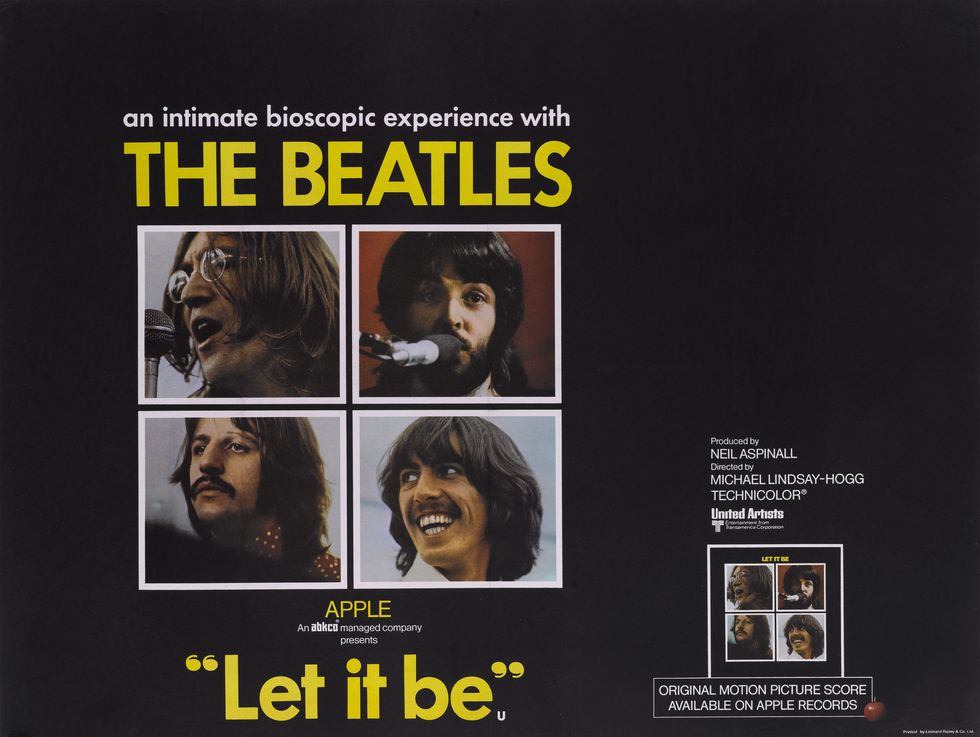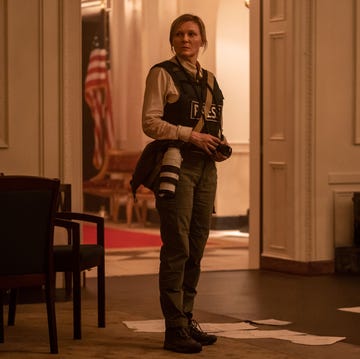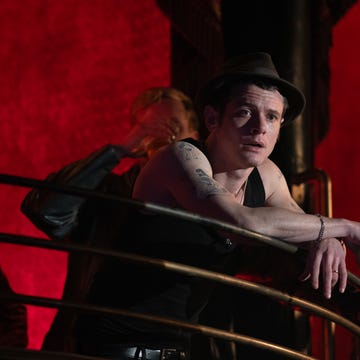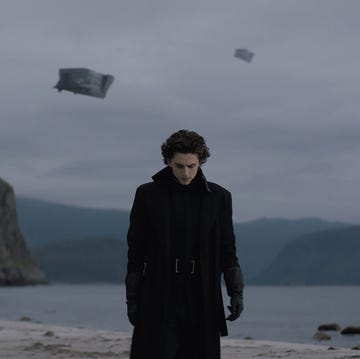Fifteen minutes into The Beatles’ 1970 fly-on-the-wall documentary Let It Be, we find Paul McCartney in irritable conversation with George Harrison.
McCartney: “I’m trying to help you, but I always hear myself annoying you…”
Harrison: “No, you’re not annoying me.”
McCartney: “It gets so you can’t say…”
Harrison: “You don’t annoy me anymore.”
McCartney: “I really am trying to just say, ‘Look, lads, the band…’”
And thus the legacy of The Beatles’ Let It Be was sealed. McCartney taking it upon himself to pull his colleagues together, the band at the end of its tether. Filming began in January 1969. By September they’d unofficially split up.
It was McCartney’s idea. After five fractious months spent recording The Beatles [aka “The White Album”], he proposed returning the group to its origins, as a live rock ’n’ roll band. To “get back” to where they once belonged. The project would dispense with multi-layered orchestrations, Sgt Pepper-style conceits or adventures in stereo. A live/no-overdub regime would be rigorously adhered to. It had to be: they’d informed the press and hired a film crew.
Though Let It Be concludes with footage of the triumphant unannounced gig on the rooftop of Savile Row’s Apple HQ — nine takes of five songs, their final public performance — the first portion of the film shows The Beatles rehearsing on a chilly sound stage at Twickenham Film Studios. “They had bitten off more than they could chew,” recalled Ritchie Unterberger, who chronicled the sessions in his 2006 book The Unreleased Beatles: Music and Film. “The idea was, ‘Let’s get back to playing as a live band’ — pretty good idea. But then it was, ‘Let’s make it an album and a film, and we’re going to make the album of us doing a concert of songs we’ve never recorded before.’ It’s kind of trying to do too much at once. And when you’re recording it — the comparison I made in the book is kind of Nixon’s ‘the Watergate tapes’ — you have no idea that this stuff is going to come back to haunt you forever.”
“It was just a dreadful, dreadful feeling being filmed all the time,” John Lennon said in 1970 of the almost month-long shoot. “I just wanted them to go away. And we’d be there at eight in the morning and you couldn’t make music at eight in the morning… in a strange place with people filming you and coloured lights.” McCartney himself rationalised things by saying that, unconsciously, The Beatles were telling the world they were splitting up. “In fact, what happened was when we got in there, we showed how the break-up of a group works because we didn’t realise that we were actually breaking up, y’know, as it was happening,” he said.
If that makes Let It Be sound like This Is Spinal Tap, it isn’t. (Though its director, Sir Michael Lindsay-Hogg, inspired Spinal Tap’s “Sir Denis Eton-Hogg” and presumably the whole rockumentary/mockumentary format.) It’s a dreary watch. A documentary without interviews or narration, its reputation as a downer must largely rest on Lindsay-Hogg’s (lack of) direction; the McCartney/Harrison exchange is as lively as things get. The camera wanders here and there. Yoko Ono stares into space. At one point, we spend several minutes watching Harrison and an engineer trying to find the source of an electric shock on his microphone.
Released into cinemas in 1970 with the original 16mm film being cropped and blown up to 35mm widescreen, it looked ropey, though it won The Beatles both an Oscar (Original Song Score) and a Grammy (Best Original Score). Repackaged for VHS in the 1980s it was cropped again and has been unavailable ever since.
Now we get The Beatles: Get Back, a film that asks us to challenge the long-time assertions about Let It Be. Director Peter Jackson, of The Lord of the Rings blockbusters, has been given free rein over 56 hours of footage and 140 hours of audio stemming from the original project. That includes 14 songs played during the sessions but not featured in the film: songs that would end up on Abbey Road, versions of mop top screamers like “Love Me Do” and “Help!” and future solo hits, including Lennon’s “Child of Nature”, which became “Jealous Guy”. The 42-minute rooftop concert is included in its entirety. McCartney and Ringo Starr have given their blessing, as have Yoko Ono and Olivia Harrison, George’s widow.
“The reality is very different to the myth,” Jackson said, in a press release. “After reviewing all the footage and audio, it’s simply an amazing historical treasure trove. Sure, there’s moments of drama, but none of the discord this project has long been associated with.”
The surviving Beatles appear to have changed their tune, too. “We’re obviously having fun together,” McCartney said of the film in a recent interview on The Howard Stern Show. “You can see we respect each other and we’re making music together, and it’s a joy to see it unfold.”
“There was hours and hours of us just laughing and playing music,” Starr has said, in a statement. “There was a lot of joy, and I think people will see that. I think this version will be a lot more peace and loving, like we really were.”
So it seems. When the new film was delayed by the pandemic, Jackson surprised the internet with a “sneak peek” last Christmas. Introduced by the avuncular director from a saggy sofa in his New Zealand editing-suite bunker — Beatles’ jacket hanging over a Jason and the Argonauts poster, Rickenbacker and Hofner guitars inexplicably strewn around — he explained the footage was a montage to give a “sense of the spirit” of the “vibe and energy” of the project. “Hopefully, it’ll put a smile on your face.”
Those four minutes promise nothing but smiles. See: Lennon and McCartney jiving together by a mixing desk! Starr juggling drumsticks! Harrison goofing into the camera! And is that… Linda McCartney laughing with Yoko Ono?! Nothing is real. And nothing to get hung about.
It wouldn’t be the first time McCartney has been involved in revisionist history — see his Let It Be… Naked 2003 “alternative mix” of the band’s final album and the unbecoming fuss over Lennon/McCartney credits. (Biographer Philip Norman: “He rewrites history all the time”.) In 2008, there were reports he’d blocked Lindsay-Hogg’s film being transferred to DVD. On the other hand, Beatles scholars have long suggested there’s another side to the Let It Be project; that it was more than just the over-reaching folly of a hectoring Macca.
“Some accounts unfairly represent him as boyishly badgering the others into something none of them wanted to do,” writes Ian McDonald in Revolution in the Head: The Beatles’ Records and the Sixties, his peerless song-by-song directory. “Yet both Lennon and Harrison had recently enjoyed playing live… while Starr was amenable provided the project could be fitted around his forthcoming film role in The Magic Christian.”
Either way, Jackson’s film looks absolutely incredible. Pin-sharp, sonically bracing and starring the most stylish gang of twentysomethings you’re likely to see this year, or any other. (Fur coats! Seriously good hair! The shirts!)
“I loved playing live,” Starr told Stephen Colbert in March, explaining that as iconic as the Apple rooftop concert has become, it was not The Beatles’ original choice of venue. “We would say, ‘We’ve got to do it in Egypt with the pyramids, or up Mount Everest, or Hawaii in the volcano…”’
McDonald recalls Lennon’s own overheard suggestion: “I’m warming to doing it in
an asylum.”
'The Beatles: Get Back' begins 25 November on Disney+
